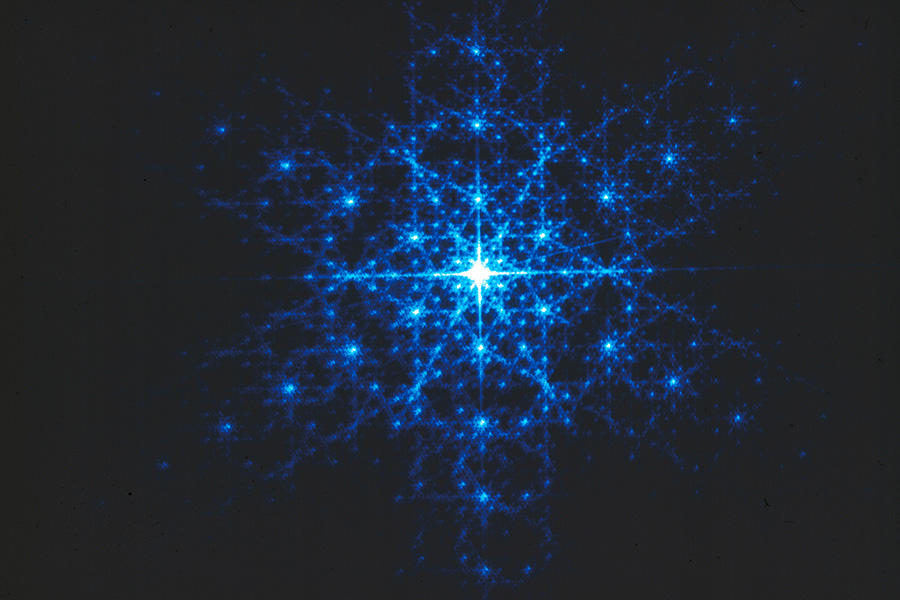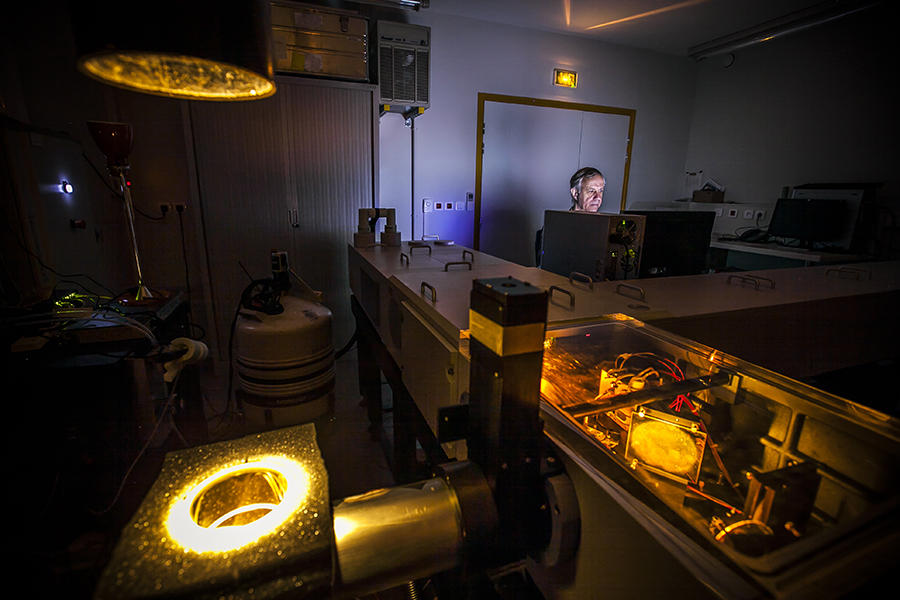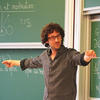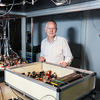You are here
Joseph Fourier is Still Transforming Science
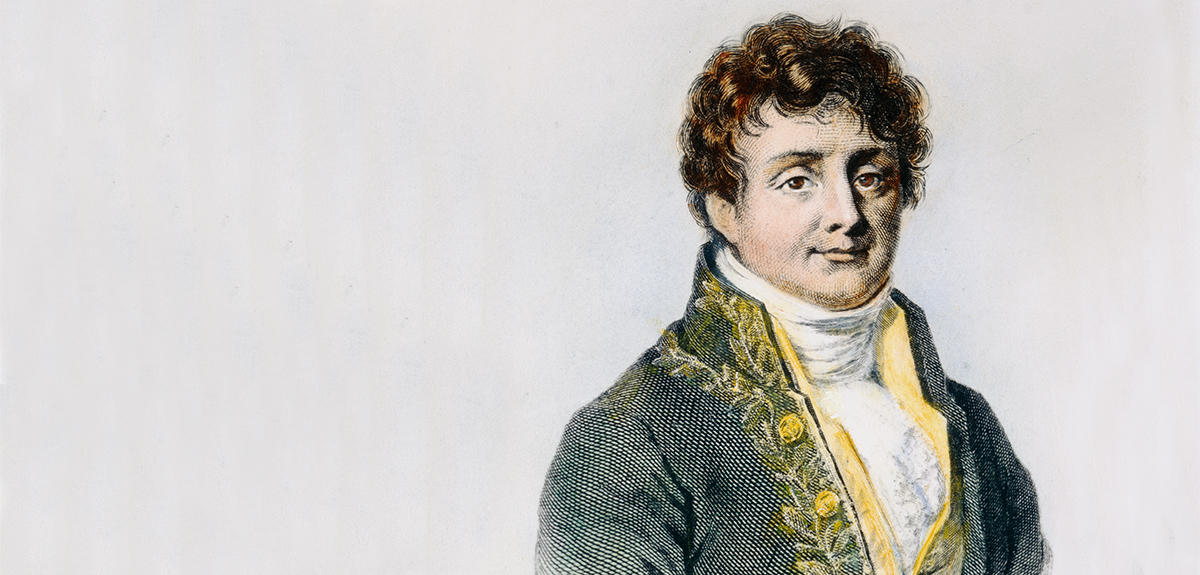
Like his chosen research subjects, Joseph Fourier's place in posterity had its highs and lows. The physicist and mathematician was showered with praise at the end of his life, before being relegated to the background of both science and its history, and finally experiencing quite a return to grace during the postwar period. As we celebrate his 250th birthday, his work has endured in both everyday applications and more advanced research.
The French scientist was included in the list of national commemorations for 2018, which the national Mathematical Society declared the year of Joseph Fourier. Born in Auxerre in 1768, he became an orphan at a young age, and was headed toward a life as a Benedictine monk. The Revolution suspended monastic vows just before he pronounced his, leaving him free to turn to teaching and science.
After this unexpected turn of events, Fourier became involved in a number of his period's key episodes. He taught analysis in the recently-established École Polytechnique from 1795, and in 1793 presided over Auxerre's Revolutionary Surveillance Committee, a local branch of Robespierre's Committee of Public Safety. He then embarked on a campaign to Egypt with Gaspard Monge, to whom he owed his position at Polytechnique. He was noticed by Napoleon on this occasion, and named prefect for the Isère regional district in 1802.
Far from the image of a scientist shut away in his laboratory, Fourier actively participated in the transformations of a France in turmoil. As pointed out by Jean Dhombres, senior researcher emeritus at the centre Alexandre-Koyré1 and co-author of the reference biography of on Fourier,2 this is a distinctive French feature.
A rare pace of research
"While the Ancien Régime never established mandatory mathematics instruction or ennobled scientists as was the case in England, they began to appear in politics during the Revolution," says Jean Dhombres, quoting the physicist, mathematician, and member of the Directoire Lazare Carnot, as well as Napoleon, who joined the future Academy of Sciences in 1797, when he was "only" a general.
"Fourier did not follow the well-trodden path taken by other researchers," Dhombres explains. "He devoted himself to science briefly but intensely." He discovered a problem of heat conduction in October 1804, and had practically completed his paper and theory on the subject by January 1807. He experienced a second moment of genius in 1817 with the Fourier transform, which today plays a prominent role in science.
His analytical theory of heat initially received mixed reviews, and was rejected by French academy members Joseph-Louis Lagrange and Pierre-Simon de Laplace. It would not be published until 1822, only after he assumed the position of perpetual secretary of the Academy of Sciences. Fourier developed new mathematical tools for his research, known today as Fourier series. They can decompose any periodic signal into the sum of sinusoids, whose frequencies remain whole multiples of the period.
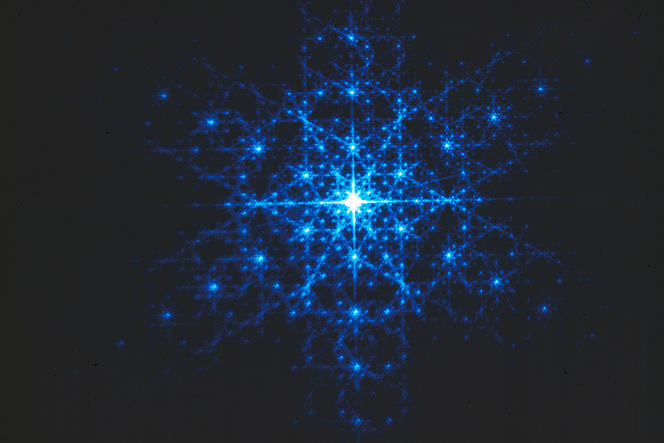
With regard to the Fourier transform, it provides the frequency spectrum of a function, which is to say the distribution of a signal according to different frequency bands. These tools have become an essential part of signal processing, a field that did not exist at the time.
The inventor of mathematical physics
"Fourier was doing mathematical physics without one dominating or serving as an adjective for the other," emphasizes Dhombres. "He began with fundamental experiments and theories rather than from theoretical reasoning, thereby demonstrating that heat behaves like a wave. Today this is a trivial notion, but one that any researcher of his time would have found ludicrous."
Fourier did not set out from any particular hypothesis on the nature of heat, but built his theory solely on facts and experiments. His approach earned him the admiration of Auguste Comte, who considered him to be a perfect example of positivism. This testifies to the immediate celebration of Fourier when his theory was published, before his renown waxed and waned over the years.
"Fourier's position in posterity changed not only with regard to the history of science but also with science itself," Dhombres adds. During the nineteenth century, his analysis was not used by researchers, and did not feature in mathematics courses at the École Polytechnique, where Fourier had nevertheless taught before leaving for the Egypt campaign. Beginning in the 1930s and the postwar period, his research finally came back to the forefront, and was established as an independent field in the teaching of analysis.
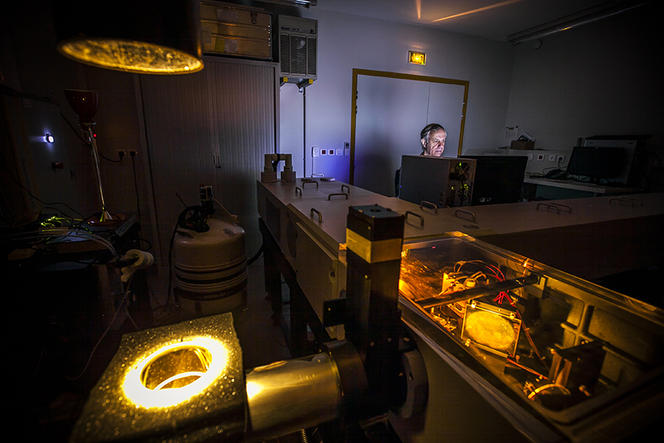
According to Patrick Flandrin, senior researcher at the Physics Laboratory of the ENS in Lyon3 and a member of the French Academy of Sciences, information technology has played a crucial role in this return to the limelight. "The Fourier analysis was familiar during the 1960s, but its use considerably increased with the creation of the algorithm known as the Fast Fourier Transform. It made information technology less expensive, faster, and more accessible."
The legacy of Jean-Pierre Kahane
Flandrin stresses the importance of another researcher, Jean-Pierre Kahane. A professor at the universities of Montpellier and Orsay as well as a member of the Academy of Sciences, Jean-Pierre Kahane (1926-2017) completed major research on the Fourier series and random series. This work significantly contributed to Fourier's second period of glory.
"Jean-Pierre Kahane liked to remind people that during the 1970s, Joseph Fourier still had no entry in the Encyclopaedia universalis," Flandrin recounts. "Today, his analysis can be found in astrophysics, chemistry, mathematics... Yet he still hasn’t received the recognition he deserves from the general public."
Fourier’s work has found many applications in recent years. Something as commonplace as reading this article online, for example, requires multiple Fourier transforms, which are involved in the compression of digital images, particularly with the widely used JPEG format. This once-forgotten tool is also used for 3G and 4G networks, and has become one of the most common calculations in information technology.
Flandrin then cites the theory of wavelets, which was developed in particular by Duke University professor Ingrid Daubechies, and by Yves Meyer, professor emeritus at the ENS Paris-Saclay, who received the 2017 Abel prize and is a former PhD student of Jean-Pierre Kahane. While Fourier's research analyzes a signal’s frequencies, wavelets can also decompose it in time. These tools are used primarily to compress digital images, but they have also enabled the detection of gravitational waves, which were isolated thanks to the wavelet decomposition of a signal detected by the LIGO interferometer.4
"Fourier opened up a large field," enthuses Flandrin. "Numerous researchers based themselves on his pioneering work, and expanded it. As soon as new laws are established, one wants to observe them, push them to their limits, and put them to good use."
From Fourier transforms to wavelets
Hervé Queffélec is of the same opinion. A professor emeritus at the Université Lille 1, he worked, like Meyer, under the supervision of Kahane. "One could say that wavelets are Fourier's grandchildren, rightly introduced to offset certain digital deficiencies in his transforms." The researcher, who has worked on Fourier series, explains that the Fourier analysis has come up against Heisenberg's Uncertainty Principle, according to which simultaneous knowledge of the position and speed of the same particle is limited beyond a certain precision threshold.
"Fourier used imaginary exponentials, which remain fairly rigid functions," Queffélec adds. "Wavelets make it possible to locate the signal both in time and frequency." The scientist also mentions random Fourier series, which enabled Gilles Pisier, a professor emeritus at the Université Pierre et Marie Curie and Texas A&M University, as well as a member of the Academy of Sciences, to achieve major advances in lacunary Fourier series. These probabilistic tools are of as much interest as Fourier series, and can be used to construct Brownian motion.
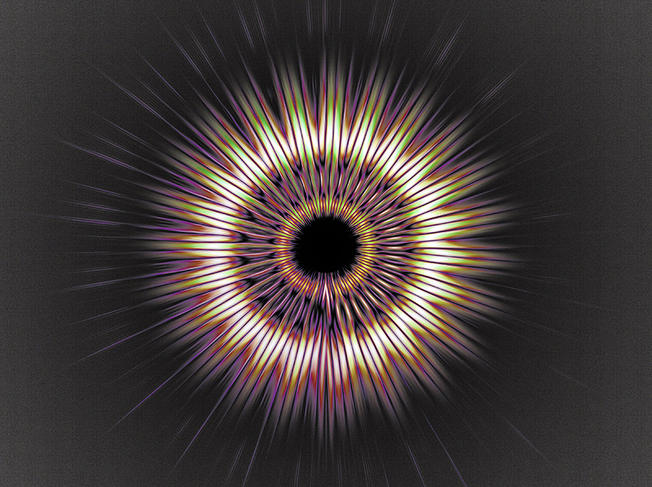
This is once again approaching the core of Fourier's work, namely heat conduction. Fourier's law, which stipulated that heat flow through a solid is proportional to the temperature gradient, led to the first heat equation. These principles can partially be found in Brownian motion, and especially in Ohm's law and Fick's law, which respectively describe electric currents and the diffusion of matter at different concentrations.
A question of balance
Just like the tools that enabled its development, this major contribution by Fourier is still the subject of advanced research. Bernard Derrida, a researcher at the LPS,5 member of the Academy of Sciences, and professor at the Collège de France, explains that advances in information technology have given a second life to Fourier's work.
"Fourier's law of heat conduction has again become a topical subject of research. Digital simulations have shown that this law is not satisfied for systems in one or two dimensions." It does not work for certain more simple ones either, such as perfect gases or solid harmonics, in other words for coupled oscillator chains. "Fairly elementary calculations show that while particles travel through an environment without undergoing collisions, the system cannot balance itself." This may seem counter-intuitive at first sight, but it is precisely because these systems are not chaotic enough that they are unable to balance themselves. Yet why today’s enthusiasm for Fourier's law?
"Researchers in the early twenty-first century are very keen on unbalanced systems, for example a material in contact with two sources of heat at different T1 and T2 temperatures. Fourier's law is conceptually one of the simplest question in this physics of unbalanced forces. Understanding it through microscopic description in terms of atoms is a highly contemporary research topic."
Fourier celebrated
The great resonance that Fourier’s research is finally finding fully justifies the will to increase awareness of him. The Academy of Sciences thus held a conference on March 13 entitled Fourier et la science d'aujourd'hui (Fourier and the science of today), organized by Flandrin and Jean-François Le Gall, a professor at the Université Paris-Sud and also a member of the Academy of Sciences.
"Fourier had considerable impact on both everyday and scientific life, while demonstrating a complex personality," Flandrin underscores. "He was a scientist engaged in civic life. For instance, he supported the career of Sophie Germain so that she could attend sessions of the Academy of Sciences, which were not accessible to women at the time."
As another token of postwar recognition, the Université de Grenoble, which was founded by Fourier when he was prefect for the Isère, has been renamed after him. Another university in the same town has set up an advanced mathematics laboratory, the Institut Fourier.6 A legacy that is nowhere near drying up.
- 1. CNRS / EHESS / MNHN.
- 2. Joseph Fourier 1768-1830. Créateur de la physique-mathématique. Jean Dhombres and Jean-Bernard Robert. Belin.
- 3. CNRS / Université Claude Bernard Lyon 1 / ENS Lyon.
- 4. Laser Interferometer Gravitational-Wave Observatory.
- 5. Laboratoire de physique statistique (CNRS / ENS Paris / Université Paris-Diderot / UPMC).
- 6. CNRS / Université Grenoble Alpes.
Explore more
Author
A graduate from the School of Journalism in Lille, Martin Koppe has worked for a number of publications including Dossiers d’archéologie, Science et Vie Junior and La Recherche, as well the website Maxisciences.com. He also holds degrees in art history, archaeometry, and epistemology.



